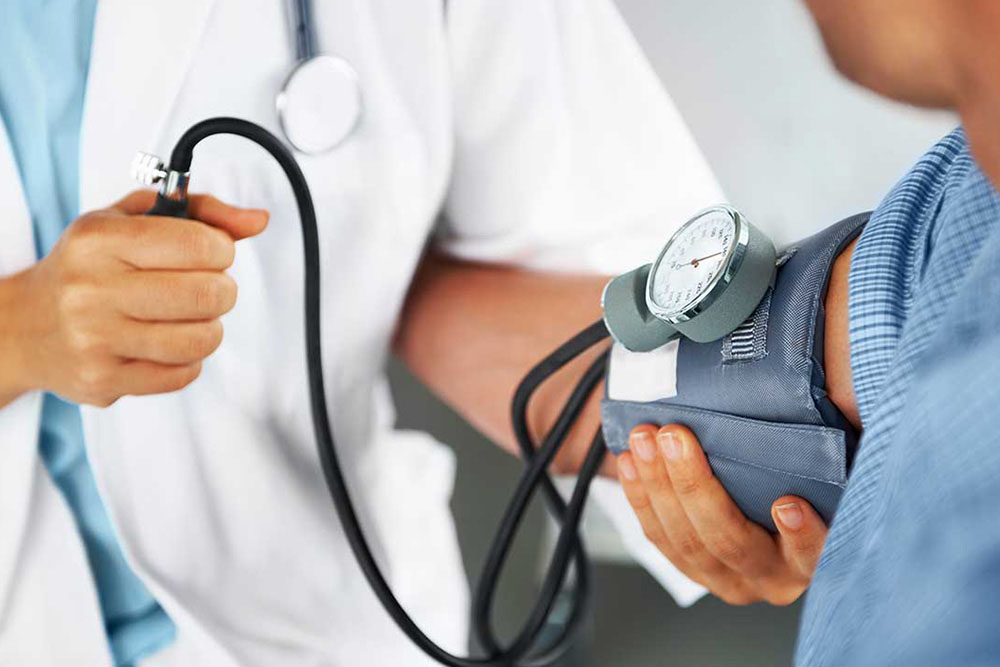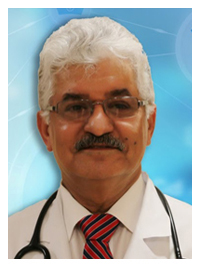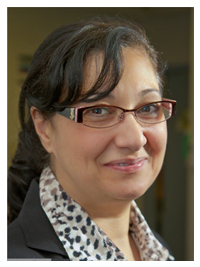
The Physical Examination and Health Assessment
In a physical examination, there are many things that your healthcare provider can find out by using their hands to feel (palpate), stethoscope and ears to listen, and eyes to see. Findings that are present on the physical exam may by themselves diagnose, or be helpful to diagnose, many diseases. Diagnosis often includes laboratory studies, radiology studies to look at certain organs, and the physical exam itself.
Our board certified physicians will provide comprehensive health care that includes consultation and immunization services; after examine your current health and ask about your medical history and knowing your destination the physician will offer appropriate prescription.
Med-Ped Health Care physical Inspection
In a physical examination, there are many things that your healthcare provider can find out by using their hands to feel (palpate), stethoscope and ears to listen, and eyes to see. Findings that are present on the physical exam may by themselves diagnose, or be helpful to diagnose, many diseases. The components of a physical exam include
How Med-Ped Health Care physicians examine
An annual physical exam lets you and your doctor assess how you are doing health-wise regardless of whether you are feeling symptoms or not. It can also help you assess which areas of your health need attention so they don’t cause bigger issues later on. Call or Visit One of Our Walk-in Clinic to Get Consultation or take an online appointment from our expert physicians.






